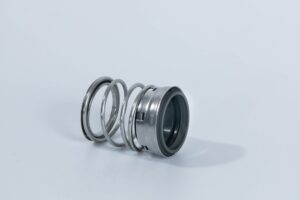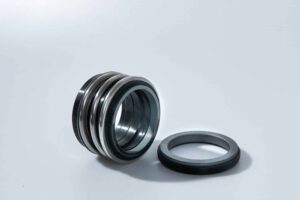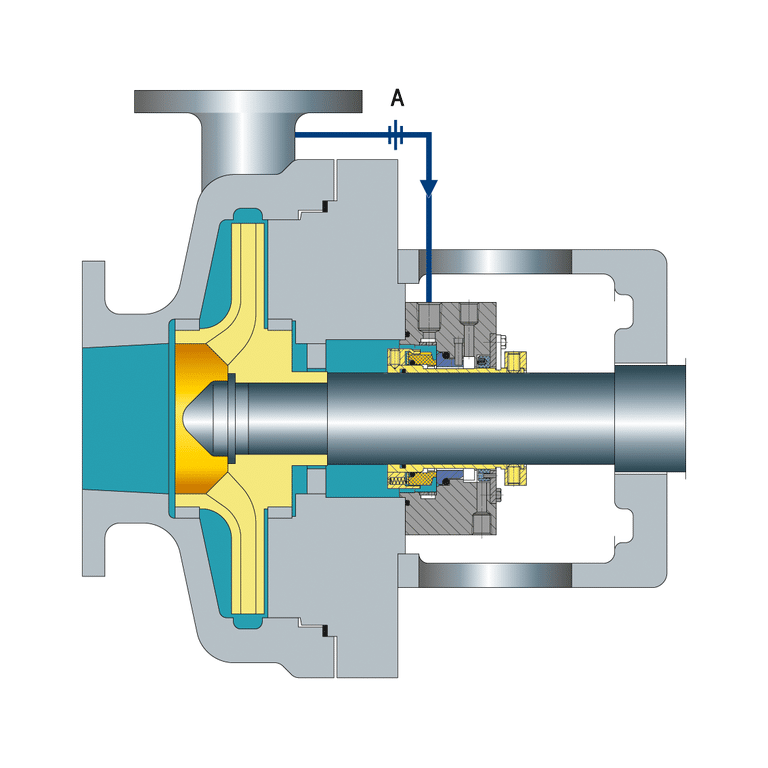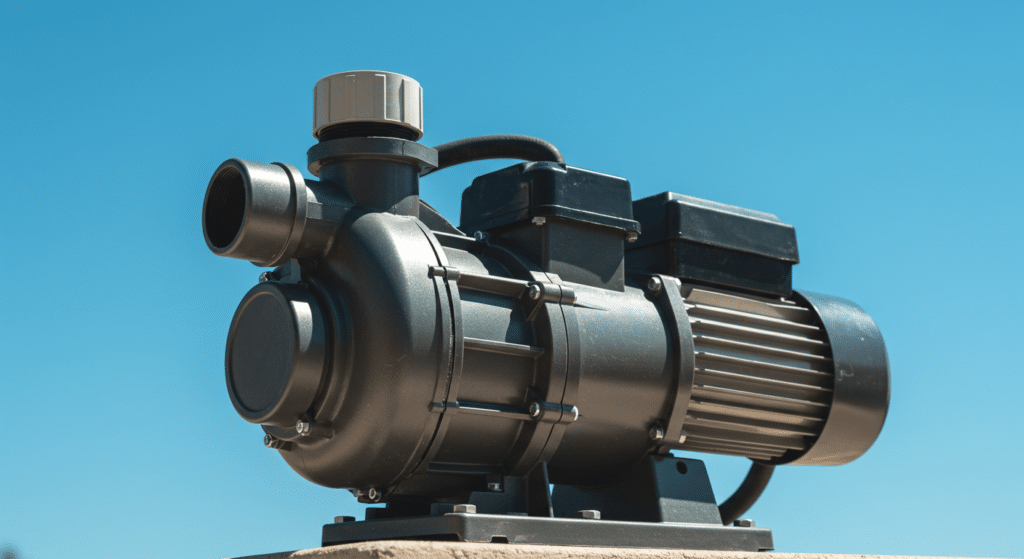Priming a fuel pump is a crucial step in ensuring your vehicle’s engine starts and runs smoothly. This article will guide you through the process of priming both electric and mechanical fuel pumps, providing essential information on when it’s necessary and how to do it safely.
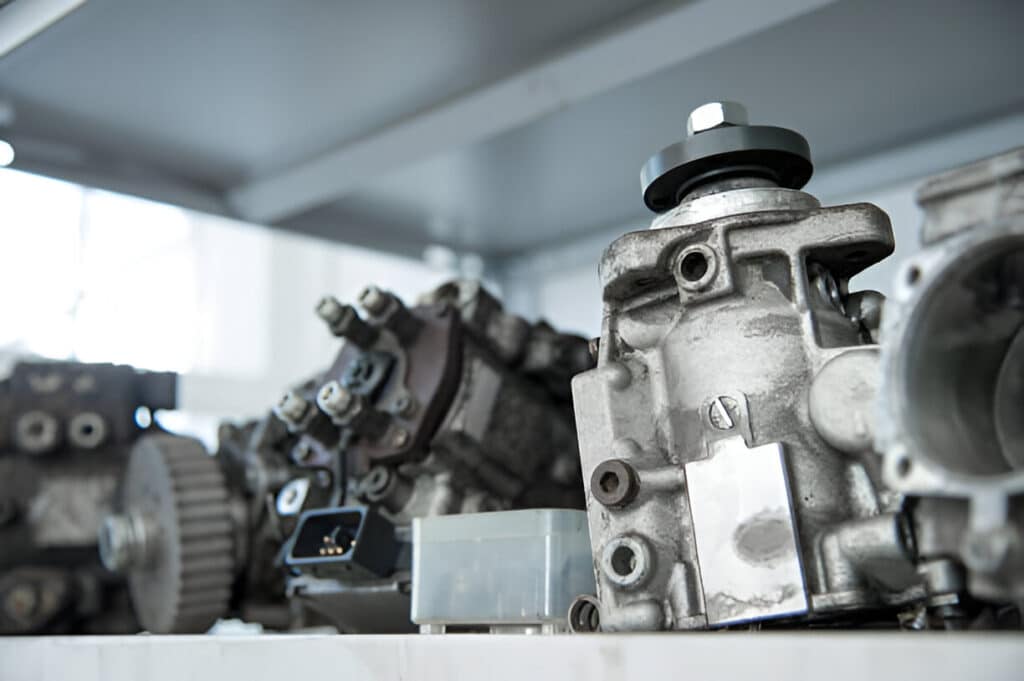
What is Fuel Pump Priming
Fuel pump priming is the process of removing air from the fuel lines and ensuring that the fuel pump is supplied with a continuous flow of fuel. This is important because fuel pumps are designed to pump liquid fuel, not air. If there is air in the fuel lines, the pump may not be able to create the necessary pressure to deliver fuel to the engine, causing starting and running problems.
When to Prime Fuel Pump
Priming a fuel pump is necessary in several situations:
- After running out of fuel
- After replacing the fuel pump, fuel filter, or fuel lines
- After the vehicle has been stored for an extended period
- If the engine has difficulty starting or stalls frequently
Types of Fuel Pumps
There are two main types of fuel pumps: electric and mechanical. Each type requires a slightly different priming process.
Electric fuel pumps
Electric fuel pumps are the most common type found in modern vehicles. They are typically located inside the fuel tank and are powered by the vehicle’s electrical system. Electric fuel pumps are generally more reliable and efficient than mechanical pumps, but they can still require priming if air enters the system.
Mechanical fuel pumps
Mechanical fuel pumps are driven by the engine itself, usually via a cam or gear. They are typically found in older vehicles and are mounted on the engine block or cylinder head. Mechanical pumps are less efficient than electric pumps and require more frequent maintenance, including regular priming, to ensure optimal performance.
Safety Precautions Before Priming
Before attempting to prime your vehicle’s fuel pump, it’s essential to take the following safety precautions:
- Disconnect the battery to prevent any electrical sparks
- Allow the engine to cool completely to avoid burns or fire hazards
- Wear protective gloves to protect your hands from fuel and other chemicals
- Have a fire extinguisher nearby in case of any unexpected fires
How to Prime an Electric Fuel Pump
1. Locate the fuel pump
The electric fuel pump is typically located inside the fuel tank, often mounted to the fuel pump access plate or near the bottom of the tank. It is responsible for delivering fuel from the tank to the engine’s fuel injectors at the correct fuel psi. Carefully remove the fuel pump access plate, taking precautions not to damage the fuel pump relay or any connected fuel lines.
2. Find the priming switch
Once you have accessed the electric fuel pump, locate the priming switch. This switch is usually found directly on the pump or in close proximity to it. The priming switch allows you to manually activate the pump to prime the fuel system, ensuring that fuel flows properly from the tank to the engine’s fuel rail and injectors.
3. Flip the switch
To prime the electric fuel pump, flip the priming switch on and off a couple of times. This action will activate the pump, allowing it to build up pressure and fill the fuel lines with gasoline. Be cautious not to leave the switch in the “on” position for an extended period, as this can damage the pump or cause a surplus of fuel to flood the engine.
4. Reconnect any components and test start the engine
After priming the fuel pump, carefully reconnect any components you may have disconnected, such as the fuel pump access plate or fuel outlet line. Ensure all connections are secure to prevent fuel leaks. Once everything is reconnected, attempt to start the engine. If the engine starts without issue and maintains proper fuel psi, the priming process is successful.
5. Re-prime if needed
In some cases, the engine may require multiple priming attempts before it starts and runs smoothly. If the engine cranks but fails to start after the initial priming, repeat the priming process by flipping the switch a few more times. If the issue persists, there may be a problem with the fuel pump, fuel filter, or other components in the fuel system that require further investigation.
How to Prime a Mechanical Fuel Pump
1. Locate the manual primer pump or lever
Before attempting to prime your mechanical fuel pump, it’s essential to locate the manual primer pump or lever. This component is typically found near the fuel filters or injector pump. Consult your vehicle’s manual or a professional mechanic if you have difficulty finding the primer pump or lever.
2. Ensure there is sufficient fuel in the tank
Check that your fuel tank contains enough fuel for the priming process. If the fuel level is too low, the pump may not be able to draw fuel effectively, leading to inadequate priming. It’s recommended to have at least a quarter tank of fuel before proceeding with the priming procedure.
3. Operate the primer pump until firm resistance is felt
Once you’ve located the primer pump and confirmed there’s enough fuel in the tank, begin operating the pump. Keep pumping until you feel firm resistance, which indicates that air has been purged from the fuel lines. This process helps ensure that fuel flows smoothly from the tank to the engine.
4. Open the bleed screw
After pumping, open the bleed screw to release any remaining air trapped in the fuel system. Be cautious when opening the bleed screw, as fuel may spray out under pressure.
5. Tighten the bleed screw, reconnect the battery and start the engine
Once you’ve purged the air from the fuel lines, tighten the bleed screw securely to prevent leaks. Reconnect the battery if you disconnected it earlier as a safety precaution. Finally, attempt to start the engine. If the priming process is successful, the engine should start without difficulty.
6. The engine may take a few tries to start as fuel circulates
In some cases, the engine may require several attempts to start as the fuel circulates through the system. This is normal and should not be a cause for concern. If the engine continues to have difficulty starting after multiple attempts, there may be other issues at play, such as a bad fuel pump or contaminated fuel.
FAQs
Do fuel pumps need to be primed?
Yes, fuel pumps need to be primed to remove air from the fuel lines and ensure a continuous flow of fuel to the engine. This is especially important after replacing fuel system components or if the vehicle has been stored for an extended period.
What causes a fuel pump not to prime?
Several factors can prevent a fuel pump from priming:
- A clogged or damaged fuel filter restricting fuel flow
- A leak in the fuel lines allowing air to enter the system
- A faulty check valve or pressure regulator
- Low fuel levels in the tank
- A malfunctioning fuel pump that needs to be replaced
Conclusion
Priming your vehicle’s fuel pump is a simple but essential process that ensures reliable starting and smooth engine operation. By following the steps outlined in this article and taking the necessary safety precautions, you can successfully prime both electric and mechanical fuel pumps, keeping your vehicle running at its best.

